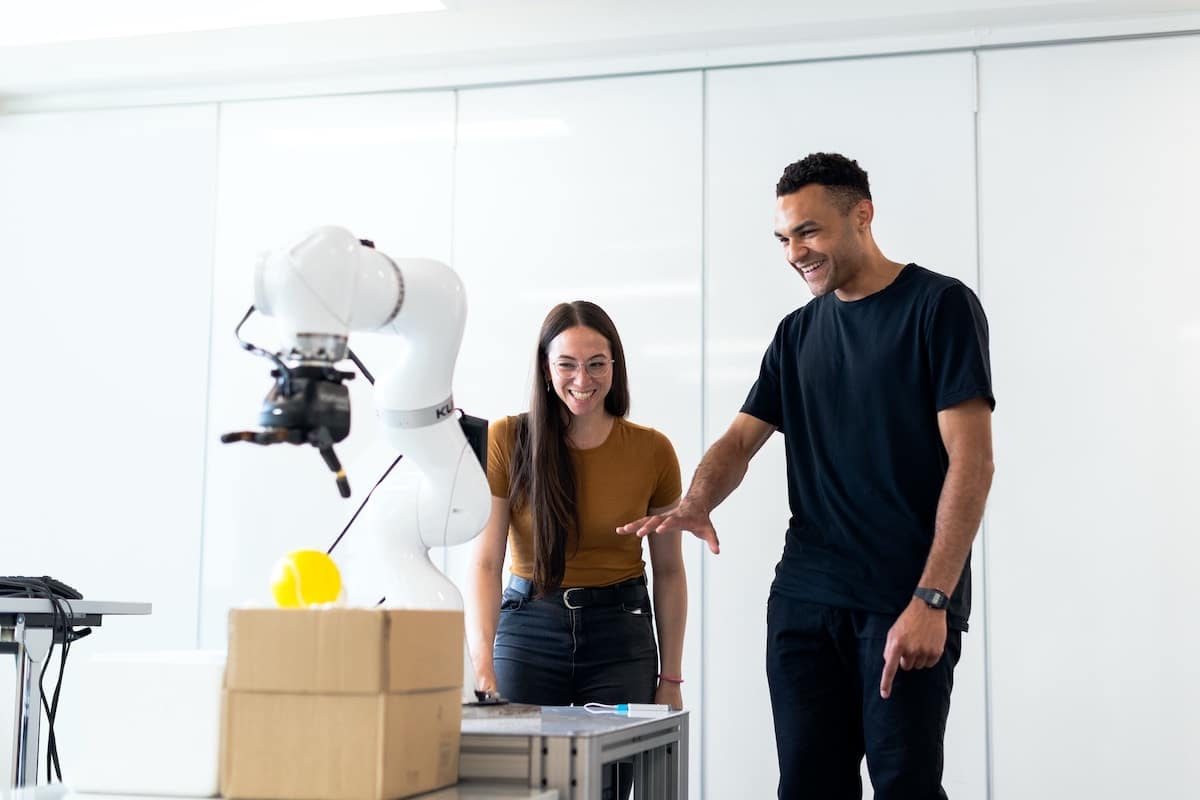With a few years to go until 2029, this is about time, when, according to “The Terminator” movie, some machine will be rising from the ashes to exterminate mankind. Well, we are nowhere even close to that dystopian future. The optimal form of modern robotics, in all its senses, is busy with a wide range of tasks, including such as:
- Helping new online casino sites like 7 Slots emerge as the safest and most anti-fraud platforms to enjoy decent digital gaming;
- Assisting companies to conduct Tier 1 customer support through robotic chatbots;
- Imparting interactive experiences in Disney parks;
- Conducting maintenance and repair on the orbital replacement units of the ISS.
The concept of robotics in modern reality is quite different from how it has been depicted in pop culture through sci-fi novels and blockbuster movies so far, which is mostly negative. To develop cognitive strength and the capability to think like humans or overpower them—it doesn’t work like that in reality. It works toward augmenting human experiences by carrying out strenuous routine tasks. Read on to get an insight into how modern robotics, in reality, are fulfilling futuristic visions.
What Is Robotics: The Modern Concept Compared to Futuristic Visions
Robotics is the technological domain concerned with the designing, manufacturing, and implementation of machines that can carry out tasks with certain autonomous capabilities. Robots typically combine physical hardware with AI or computer systems to perform tasks in the real world.
At the front end, robotic machines are meant to emulate human intelligence, but on the framework, they follow preprogrammed patterns and data to actuate a movement or manipulation within a finite environment.
The lack of cognitive skills is the critical element that defines robotic machines. It depends on human intelligence to configure, program, and control the devices. At present, the human-robot relationship is more about automating routine tasks and augmenting efficiency and working experiences. Applications use disciplines like natural language processing, machine learning, and pattern recognition to identify and respond to specific stimuli.
Understanding the Types of Robots and How They Are Living up to Futuristic Visions
Many sorts of robotic machines are useful in various industries, from robotic surgeries to robotic agriculture. Robots’ primary function is to consistently apply precision across multiple variables. Below are some of the different types of robots that are classified according to their design and industrial application:
- Articulated Robots: This is the most commonly recognized machine that is widely utilized for manual labour-oriented work in industrial settings. These machines usually have a rotary joint and a comparatively simple configuration. In fields like manufacturing automobiles, electronics, and pharmaceuticals, these robots have significantly increased productivity and quality;
- Exploration Robots: From space exploration disaster management to underwater exploration, several pieces of equipment fall under this category, including drones, probes, rovers, and telemanipulators, among others. Exploration robots are designed to venture into environments that are hazardous or inaccessible to humans;
- Autonomous Vehicles: Autonomous vehicles, including self-driving cars and drones, are a rapidly advancing type of robot. These vehicles use a combination of sensors, AI algorithms, and advanced software to navigate and make decisions. They hold the potential to transform transportation, making it safer, more efficient, and more environmentally friendly;
- Service Robots: This type is intended to help people with different duties. There are domestic, professional, and industrial products in this category. Some of the most significant examples include robotic vacuum cleaners, security cameras, robotic surgical equipment, waste sorting, and the like;
- Humanoid Robots: This technology revolves around physically emulating human movements and intelligence. While still in the early stages of development, they have the potential to perform tasks that require human-like dexterity and interaction. Robotic machines that resemble humans may be used in industries like entertainment, education, and caregiving.
With continual advancements in artificial intelligence, sensors, and human-robot interaction, the potential uses of robots are fast-growing, altering businesses and improving our everyday lives in previously imagined ways. As we push the frontiers of robotics further, we get closer to a future in which robotic machines are more than simply tools, but fundamental elements of our society.
Fulfilling Futuristic Visions Through Intelligence and Higher Productivity
The machines we’ve built will learn patterns and programs according to human behavior and usability. As they are used more frequently, they will learn more patterns and programs. This significant “machine learning” process will collect the big data that can essentially push the boundaries of robotics soon. Once all futuristic visions are fulfilled, the robot-powered technologies will be able to carry out higher levels of manual work and routine tasks and perform cognitive responsibilities. It could be improving autonomous transportation, boosting healthcare, and developing a more satisfactory, inclusive working environment. The implementation of better productivity can give rise to new economic improvements.


